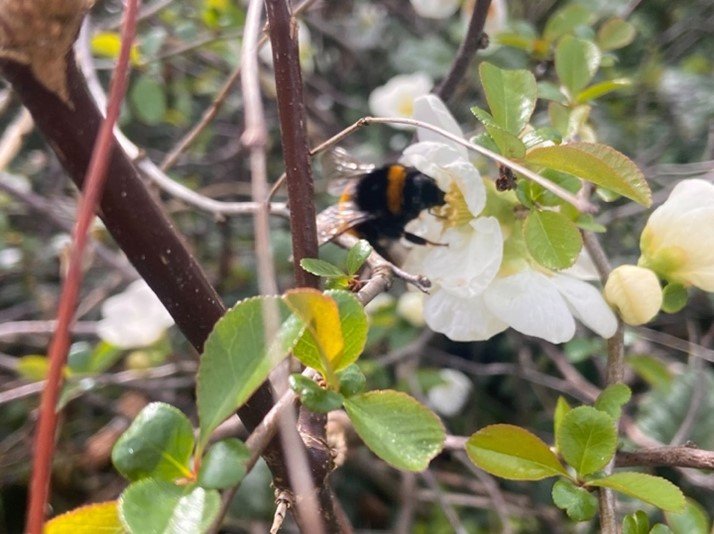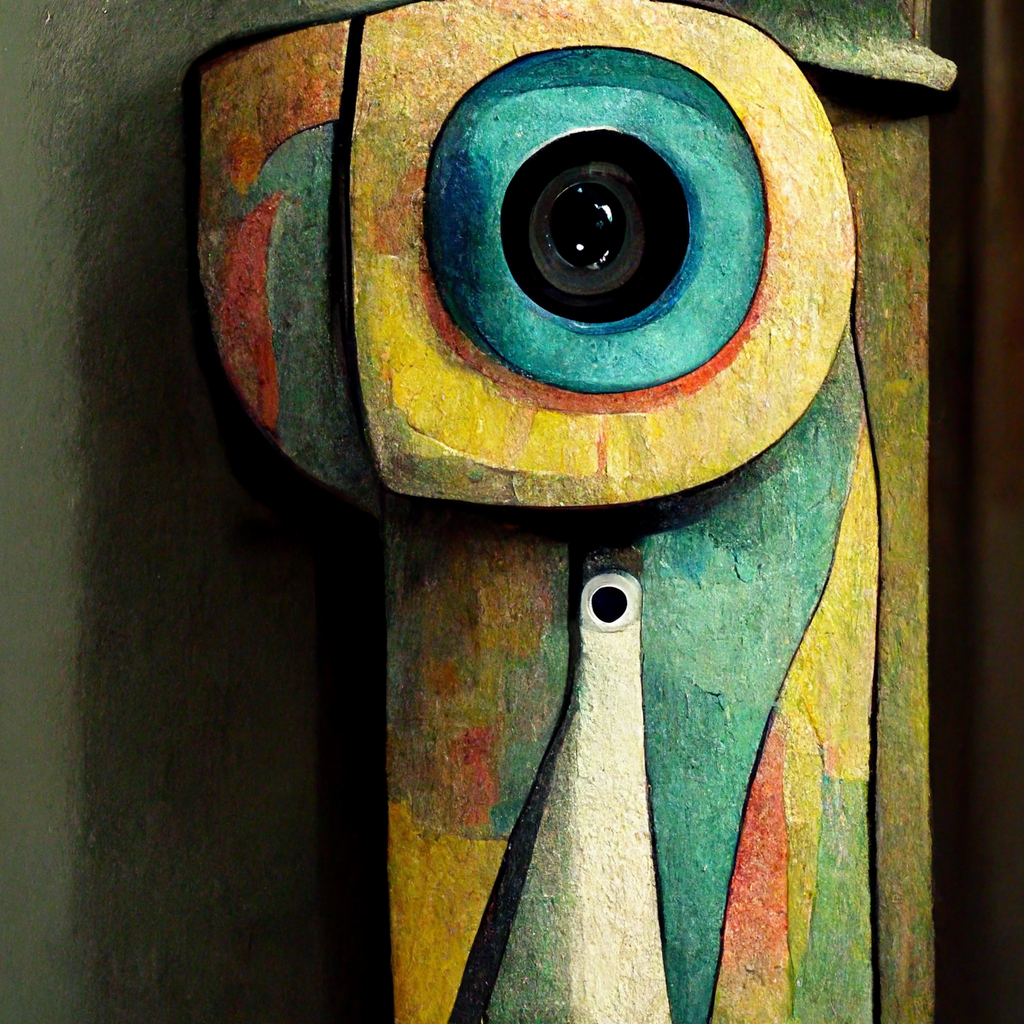Why Stories Are Practical
by Helen Kara
Dr. Kara was the Mentor in Residence for April 2022 to focus on the topic: Be expansive: Research outside academia. Dr. Helen Kara has been an independent researcher since 1999 and writes and teaches on research methods. She is the author of Qualitative Research for Quantitative Researchers, Research and Evaluation for Busy Students and Practitioners: A Time-Saving Guide, Creative Research Methods in the Social Sciences: A Practical Guide, and Research Ethics in the Real World: Euro-Western and Indigenous Perspectives. In 2015 Helen was the first fully independent researcher to be conferred as a Fellow of the Academy of Social Sciences. She is also a Visiting Fellow at the UK’s National Centre for Research Methods. Visit her blog. Use the code MSPACEQ322 for a discount when you order books from SAGE Publishing.
My assertion that stories are practical is probably less divisive and controversial now than it was in the mid-2000s when I was finishing my PhD. Still, I’m sure there are plenty of researchers who would disagree, even now. Let me put my case and see whether I can convince some of them to come over to the fun side.
Stories are a key part of how human beings interact. To the best of my knowledge, there is no human community or culture in the world which does not use stories to communicate. We also use stories for entertainment – skilled oral storytellers and story singers have been popular entertainers since time immemorial. If there were no stories, there would be no novels, films, comics, animations; and conversations would be very dull.
Stories are also how we learn. Communication and learning are central to research, and there is a role for entertainment, too. So we can see that stories might be a good fit with research. But, Helen, you might be saying at this point, shouldn’t research be about facts and the truth? Well now, let’s think a little about truth. In the English oral storytelling tradition, a teller will sometimes close a story with a short rhyme:
The dreamer awakes, the shadow goes by,
I told you a tale, my tale is a lie.
But heed to me closely, fair maiden, proud youth,
My tale is a lie – what it tells is the truth.
In a journal article I wrote with Lucy Pickering on the ethics of presentation, we said something very similar in a more academic way. Drawing on the work of Bakan and others, we distinguished between ‘literal’ truth and ‘real’, or authentic, truth. The former deals with facts, the latter deals more with feelings; what ‘rings true’, to use a metaphor whose source seems lost to history. Blacksmiths? Musicians? Campanologists? Who knows? But we all do all know, when we read or hear or watch a story, whether it tells a truth.
Lucy Pickering and I argued that research needs an appropriate balance of literal and authentic truth. That balance will shift between topics and disciplines, but there always needs to be some of each. Even in the most quantitative research, a story is still necessary. The researcher can’t simply present pages of tables, calculations, graphs and charts without a written narrative directing the reader to the salient points – how this calculation was chosen, why that outlier is important, the implications of the significance level for practice and policy.
Scholars of story Louise Phillips and Tracey Bunda, in their excellent book Research Through, With And As Storying, suggest that stories can be experienced as theories. I agree with this, and would extend it to suggest that theories can be experienced as stories. In fact I could go further and say that theories used and/or developed by researchers, whether formal or informal, are stories: stories about how the world can be shaped and about how we see the world.
In Unflattening, Nick Sousanis describes stories as ‘that most human of activities, the framing of experience to give it meaning’ (p 95). Which is exactly what researchers do as they create narratives to convey their work, regardless of whether they are using qualitative or quantitative methods.
Asking ourselves the question, “What’s the story here?” can be helpful at many points in research work. This applies whether our research is quantitative, qualitative, or multi-modal. We should have one clear story to tell of why we are doing our research, and another to explain what the research is about. When we come to report on our research, whatever the medium – written, presented remotely, presented in person, video, animation, multi-media, whatever – our message should be wrapped in stories. Stories are engaging, informative, and memorable. Surely that’s exactly what we want our research to be. Stories can help us achieve this aim, and that is why stories are practical.




Sometimes taking a break from the keyboard to write by hand unleashes creativity.